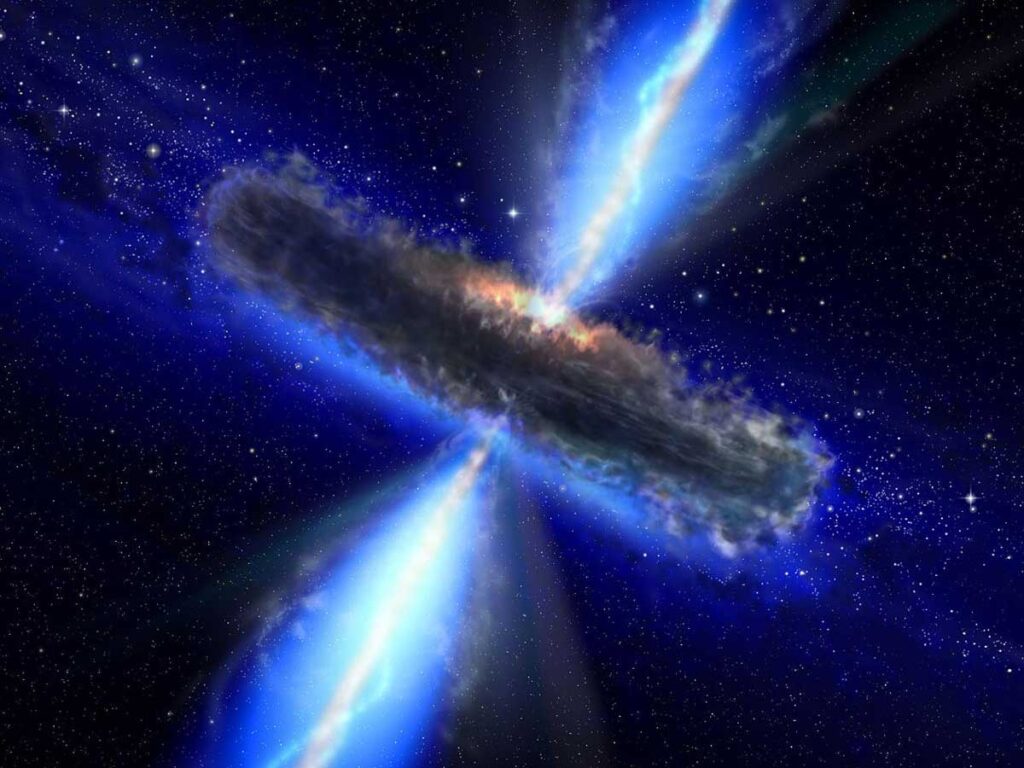- Weight difference: Hot water is heavier than cold water
- The Middle Ages: I Middle Ages people drank more beer than water because most water sources were contaminated. However, beer had a lower alcohol content than today’s beer. Milk was the only non-alcoholic alternative to water
- Production: It takes 170 liters of water to make ½ liter of beer. To make one cotton t-shirt requires 2,720 liters of water (equivalent to an average person’s water consumption over 3 years)
- Cleopatra: The water you drink today contains molecules that were also drunk by dinosaurs, ancient humans, etc. According to a mathematical theory there is a 100% probability that in one glass of water there is one molecule that Cleopatra also drank
- Color: The natural color of water is light blue (turquoise), which is due to the human eye’s poor absorption of the color red in the visible spectrum. In small amounts, water appears colorless to us (like a glass of water)
- The Mpemba effect: Under certain circumstances, hot water can freeze faster than cold water
- Consumption: 2/3 of the water in an average household is consumed in the bathroom
- Toilet: The average toilet uses 6 liters of clean drinking water in a single flush
- Electrical conductor: Water itself is not a very good electrical conductor, but impurities in water are
- Swimming pool: An average swimming pool releases around 3,785 liters per month due to evaporation and other causes

In space, there is a black hole that contains 140 trillion times as much water as all of Earth’s oceans combined. All the water in the black hole is water vapor
Water on Earth
- Closed loopAll water on Earth is in a closed loop on the planet (a water cycle) – so from the beginning of life to now, there has been a constant amount of water on Earth
- Temperatures: Water regulates the Earth’s temperature
- Fresh water: 3% of the Earth’s water is freshwater and 31% of that freshwater is available to humans
- GroundwaterFor every liter of fresh water on the Earth’s surface, there are 30 liters underground (so-called ‘groundwater’).
- Is: 90% of the fresh water on the Earth’s surface is ice at the South Pole (Antarctica)
- Lake Baikal: 20% of Earth’s unfrozen fresh water is found in Lake Baikal in Russia
- Food & Beverage: Human food production on Earth requires 200,000,000 liters of water per second
- Mass and volume: Water makes up only 0.07% of Earth’s mass and 0.4% of Earth’s volume
- Shapes of waterWater is the only chemical compound that naturally occurs on Earth in its three forms; liquid, gas and solid (water, vapor and ice)
Water and the human body
- Water intakeThe general recommended water intake per day is 3 liters for men and 2.2 liters for women. However, our individual fluid requirements depend on several internal factors (weight, age, genetics, etc.) and external factors (weather, temperature, environment, etc.) as well as physical activity
- Water in the bodyA human adult consists of 50 – 65% of water. A newborn baby consists of 75% of water
- Bones: The bones in the human body are made up of 31% water
- The brain: The brain is made up of 85% water
- The muscles: Muscles and kidneys contain 79% water
- Lungs: The lungs consist of 83% water
- Skin: The skin contains 64% water
- Fluid lossDuring hard physical activity (such as exercise) and especially in hot weather, the body loses several liters of water. Therefore, you typically weigh less after the activity
Facts about water poisoning
- Reason: Drinking more water than your body can excrete through sweat and urine can lead to water intoxication. This is because excessive amounts of water reduce the salt concentration in the blood
- Symptoms and symptomsSymptoms in most cases will be mild dizziness and malaise, but there are examples of people who have gone into a coma and even died from water poisoning
- Water volumeThere is no defined limit on how much water it takes to get water intoxication, but 3 liters may be enough in cases where you 1) drink the water quickly, 2) don’t consume enough salt and 3) don’t excrete the water quickly enough
- Prevention: As long as you make sure you eat a normal salty diet and drink water appropriately, you usually have no (or very little) risk of getting water poisoning
The world’s drinking water problems
- Cause of death: 3.4 million people die annually from water-related causes (mainly due to contaminated drinking water and lack of access to water). 99% of all victims are people in developing countries
- China: Around 700 million Chinese drink contaminated drinking water
- Consumption differenceA 5-minute shower requires more water than the average person in a slum in a developing country uses in an entire day

Fact: Water appears light blue to the human eye because we have a low absorption of the red color in our visible spectrum





